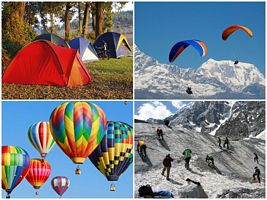Bhandara Tourism
Search related to Maharashtra Tourism

Bhandara is a city located in the state of Maharashtra, India. It is the headquarters of the Bhandara district and is situated on the banks of the Wainganga River. The city has a rich cultural and historical significance and is known for its natural beauty, as well as its agricultural and industrial sectors. Here, we will take an in-depth look at Bhandara, covering its history, geography, demography, economy, culture, and more.
History of Bhandara
The history of Bhandara dates back to the prehistoric era, as evidenced by the discovery of stone tools and artifacts in the region. The city was ruled by various dynasties, including the Mauryas, Satavahanas, Rashtrakutas, and Chalukyas, before falling under the control of the Nagpur Kingdom. During the British rule, Bhandara was part of the Central Provinces and Berar, and served as an important center for trade and commerce.
Geography of Bhandara
Bhandara is situated at an altitude of 202 meters above sea level and covers an area of 4069.35 square kilometers. The city is located in the eastern part of Maharashtra and is surrounded by hills and forests. The Wainganga River, a tributary of the Godavari River, flows through the city and is the main source of water for the region.
Demography of Bhandara
According to the 2011 census, the population of Bhandara was 91,845, with a male population of 46,502 and a female population of 45,343. The city has a literacy rate of 89.06%, with males having a literacy rate of 92.43% and females having a literacy rate of 85.56%. The majority of the population belongs to the Maratha community, followed by the Kunbi and Gond communities.
Economy of Bhandara
Bhandara is predominantly an agricultural region, with crops such as rice, wheat, cotton, and soybeans being grown in large quantities. The city also has a significant industrial sector, with industries such as paper mills, power plants, and cement factories contributing to the economy. The city is home to the Bhandara District Central Cooperative Bank, which provides financial support to the agricultural sector.
Culture of Bhandara
Bhandara has a rich cultural heritage and is known for its traditional festivals and fairs. The city celebrates various Hindu festivals such as Diwali, Holi, and Dussehra with great enthusiasm. The Ganesh Utsav, a festival dedicated to Lord Ganesha, is also celebrated with much fervor in the city. The city is also known for its music and dance forms, with Lavani, Koli, and Gondhal being popular forms of dance.
Tourist Attractions in Bhandara
Bhandara is known for its natural beauty and has several tourist attractions that attract visitors from all over the country. Some of the popular tourist destinations in Bhandara include:
- Nagzira Wildlife Sanctuary: This wildlife sanctuary is located in the Bhandara district and is home to several species of animals such as tigers, leopards, sloth bears, and wild dogs. The sanctuary is also known for its rich avian fauna, with over 166 species of birds recorded in the area.
- Ambagarh Fort: This fort is located on the banks of the Wainganga River and dates back to the 18th century. The fort was built by the Bhonsle dynasty and is known for its intricate architecture and historical significance.
- State :
- Maharashtra
How to Reach Bhandara
Complete List of Tehsils in Bhandara District, Maharashtra
| S.No | Tehsil / Taluk Name | District Name | State Name |
|---|---|---|---|
| 1 | Bhandara | Bhandara | Maharashtra |
| 2 | Bhandarra | Bhandara | Maharashtra |
| 3 | Lakhandur | Bhandara | Maharashtra |
| 4 | Lakhani | Bhandara | Maharashtra |
| 5 | Lakhni | Bhandara | Maharashtra |
| 6 | Mohadi | Bhandara | Maharashtra |
| 7 | Pauni | Bhandara | Maharashtra |
| 8 | Sakoli | Bhandara | Maharashtra |
| 9 | Tumsar | Bhandara | Maharashtra |
Discover Exciting Places to Visit in Agra, Uttar Pradesh - Your Ultimate Travel Guide
Are you ready to explore the wonders of Agra, Uttar Pradesh? From the majestic Taj Mahal to hidden gems waiting to be discovered, our travel guide unveils the most captivating
Explore Exciting Places to Visit in Mumbai, Maharashtra - Your Ultimate Travel Guide
Ready for an adventure? Mumbai, in the beautiful state of Maharashtra, is packed with amazing places waiting to be explored! From iconic landmarks to hidden gems, Mumbai has something for
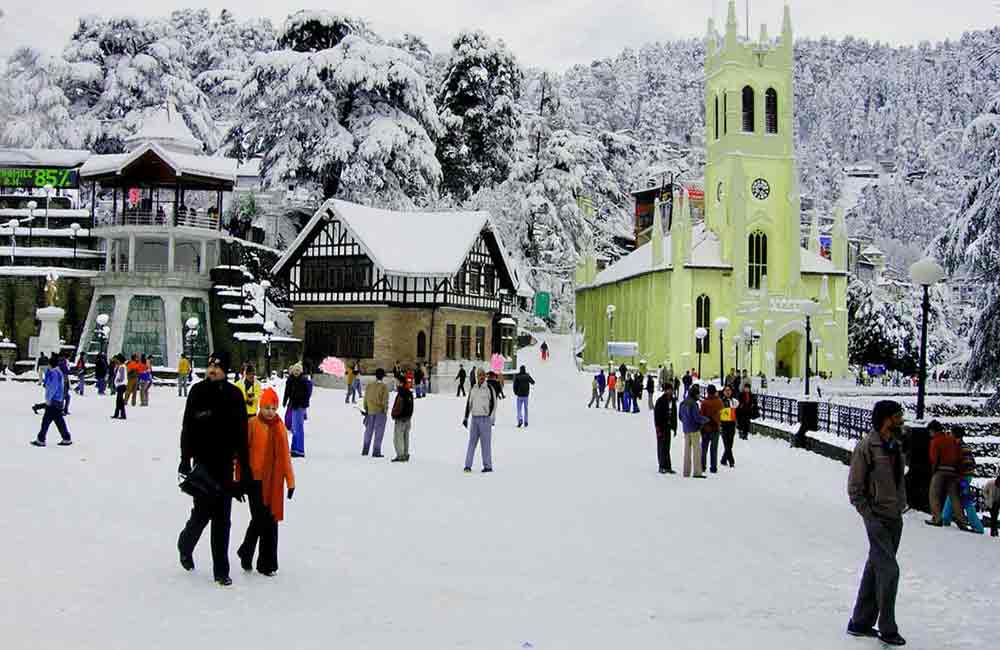
Explore the Wonderful Places to Visit in Manali, Himachal Pradesh - Your Ultimate Guide!
Ready for an exciting adventure? Discover the places to visit in Manali, Himachal Pradesh! From snowy mountains to lush valleys, there's something for everyone. Plan your trip now and explore
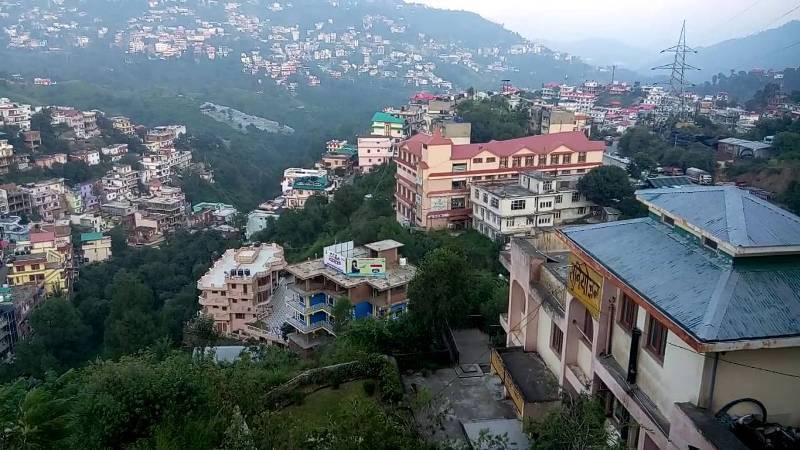
Places to Visit in Solan Himachal Pradesh - Explore the Best Tourist Spots
Discover the enchanting beauty of Solan Himachal Pradesh by exploring its myriad tourist spots. Whether you're seeking adventure or tranquility, Solan has something for everyone. From lush green valleys to
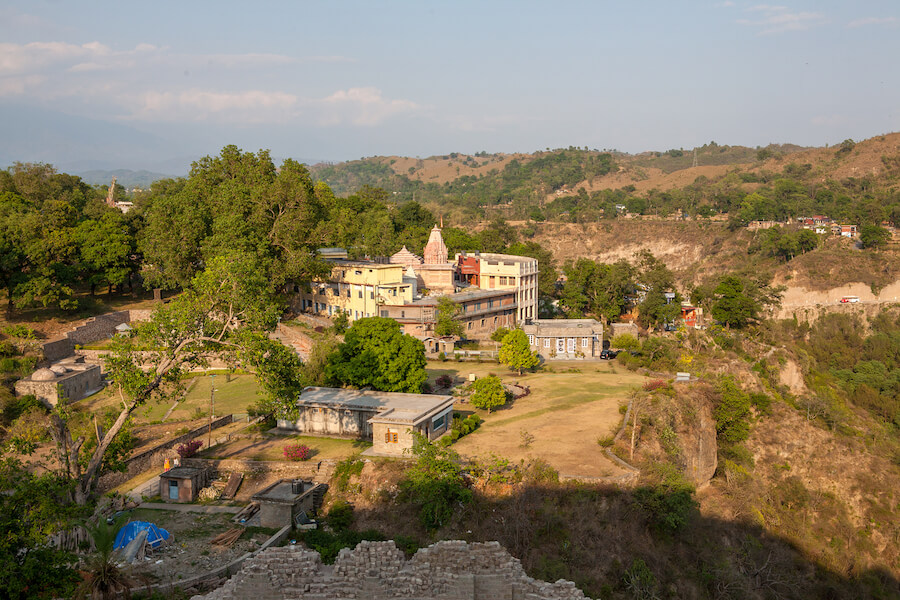
Discover the Best Places to Visit in Kangra, Himachal Pradesh: A Traveler's Guide
Ready for an exciting journey? Kangra, Himachal Pradesh welcomes you with open arms! Explore ancient temples, lush landscapes, and more in this enchanting valley. Let's uncover the best places to
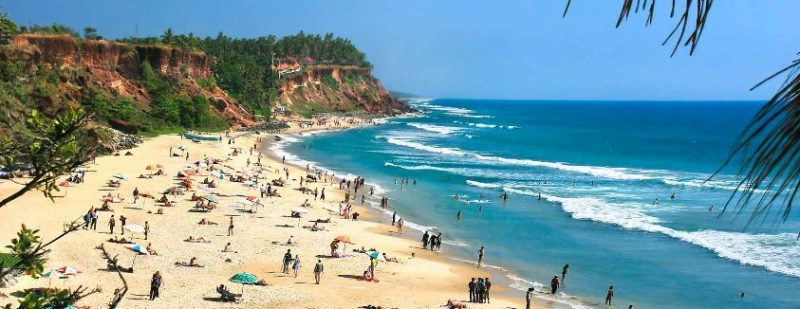
Explore Incredible Places to Visit in Varkala, Kerala: A Guide
Are you ready for an adventure? Varkala in Kerala is waiting for you! Discover the magic of this beautiful place with our guide to the best places to visit. From
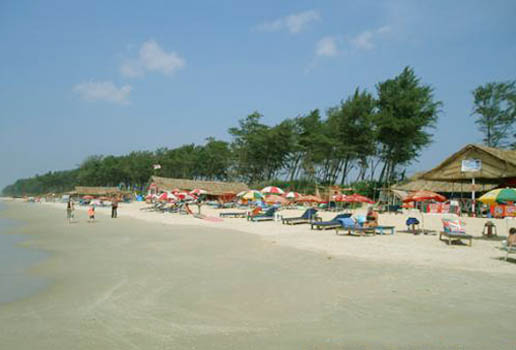
Explore Panaji, Goa: Discover the Best Places to Visit in the City
Ready for an adventure? Panaji, located in Goa, is packed with exciting places to visit. From ancient forts to picturesque beaches, there's never a dull moment in this lively city.
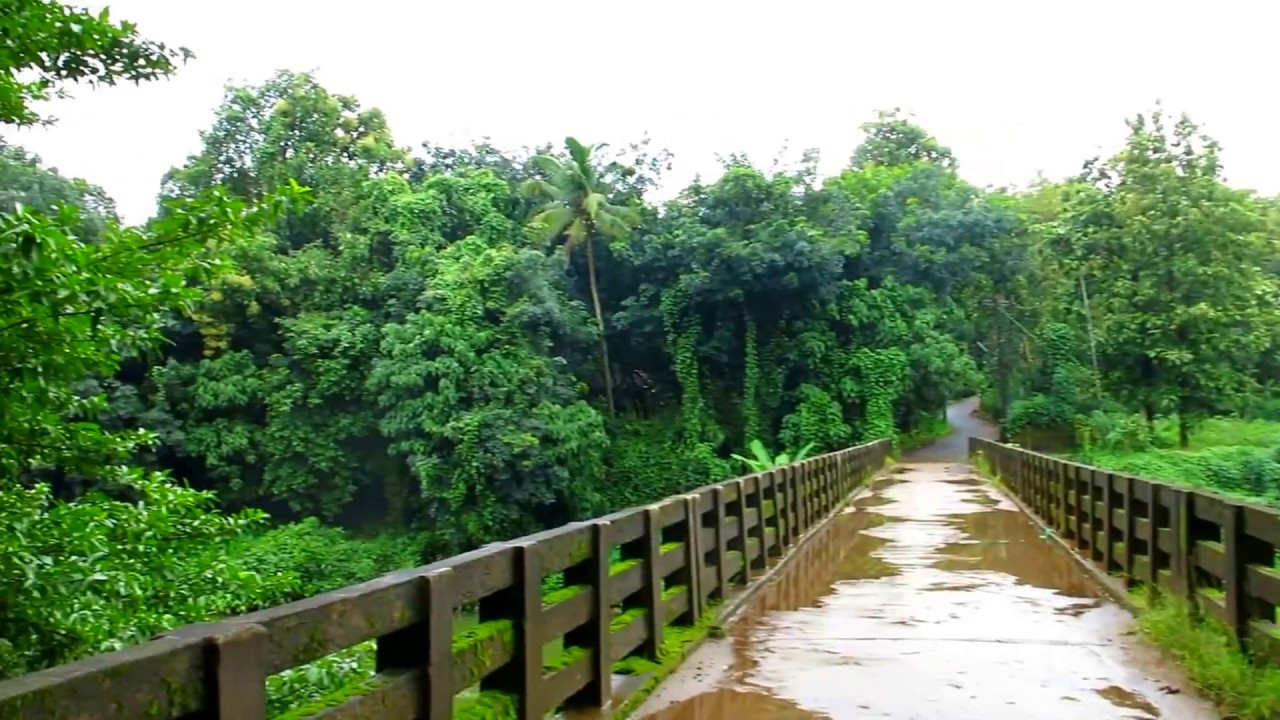
Explore the Best Places to Visit in Thrissur, Kerala – A Perfect Guide for Your Next Adventure!
Are you ready to explore Thrissur, Kerala? Get ready for an exciting journey through this vibrant city! Discover its rich history, stunning landmarks, and fascinating culture. With our guide to
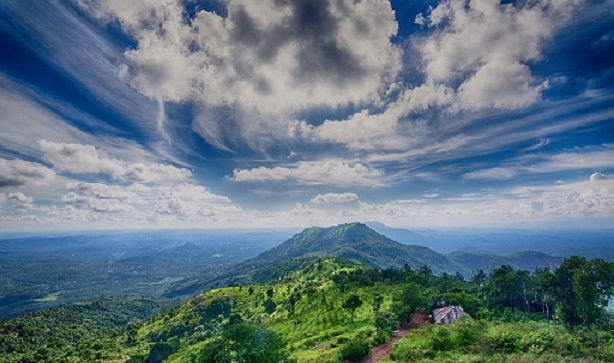
Explore the Best Places to Visit in Malappuram, Kerala - A Traveler's Guide
Dive into the beauty of Malappuram, Kerala with our ultimate travel guide! From picturesque beaches to fascinating historical sites, explore the best places to visit in Malappuram Kerala. Whether you're
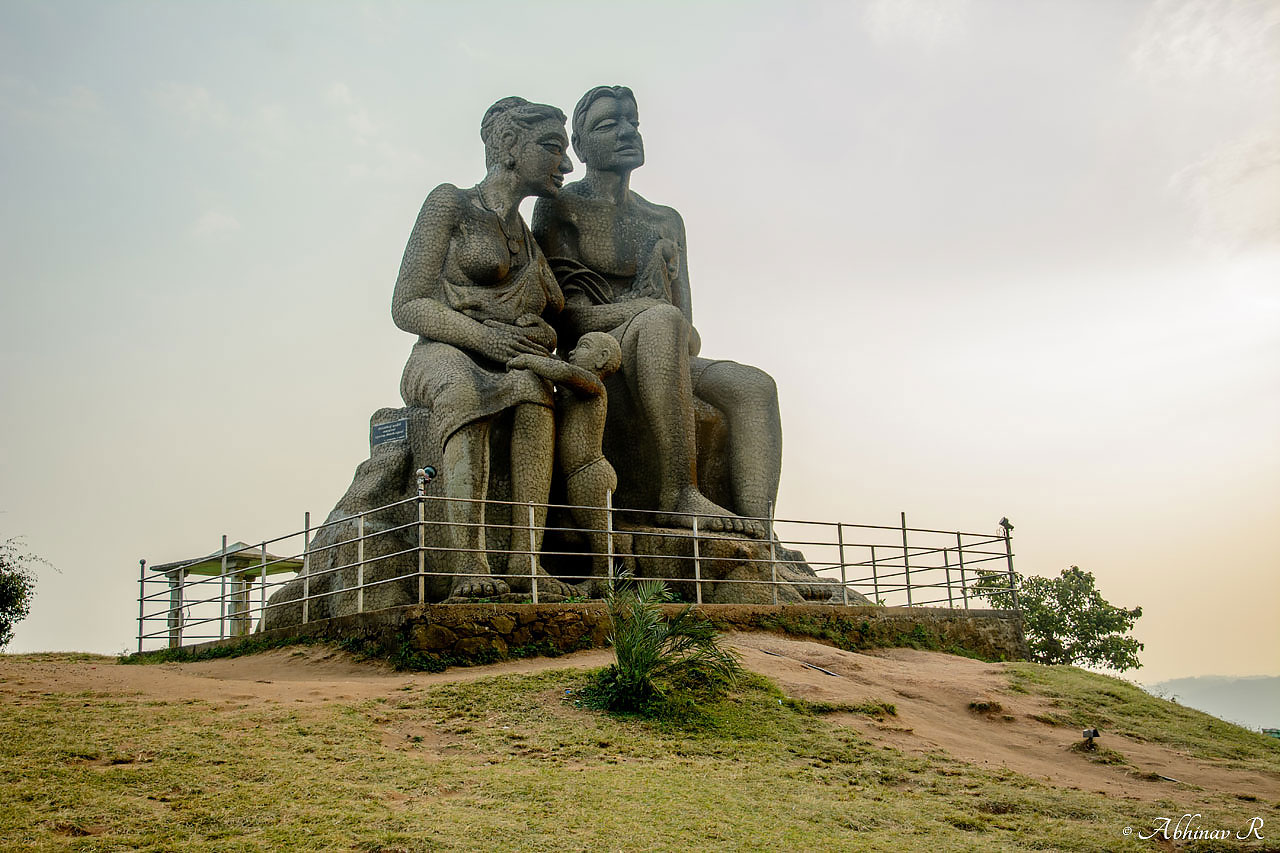
Explore the Best Places to Visit in Idukki, Kerala - A Traveler's Guide
Discover the mesmerizing beauty of Idukki, Kerala with our guide to the best places to visit. From breathtaking landscapes to serene lakes, explore the charm of this enchanting destination. Whether
- Destinations

